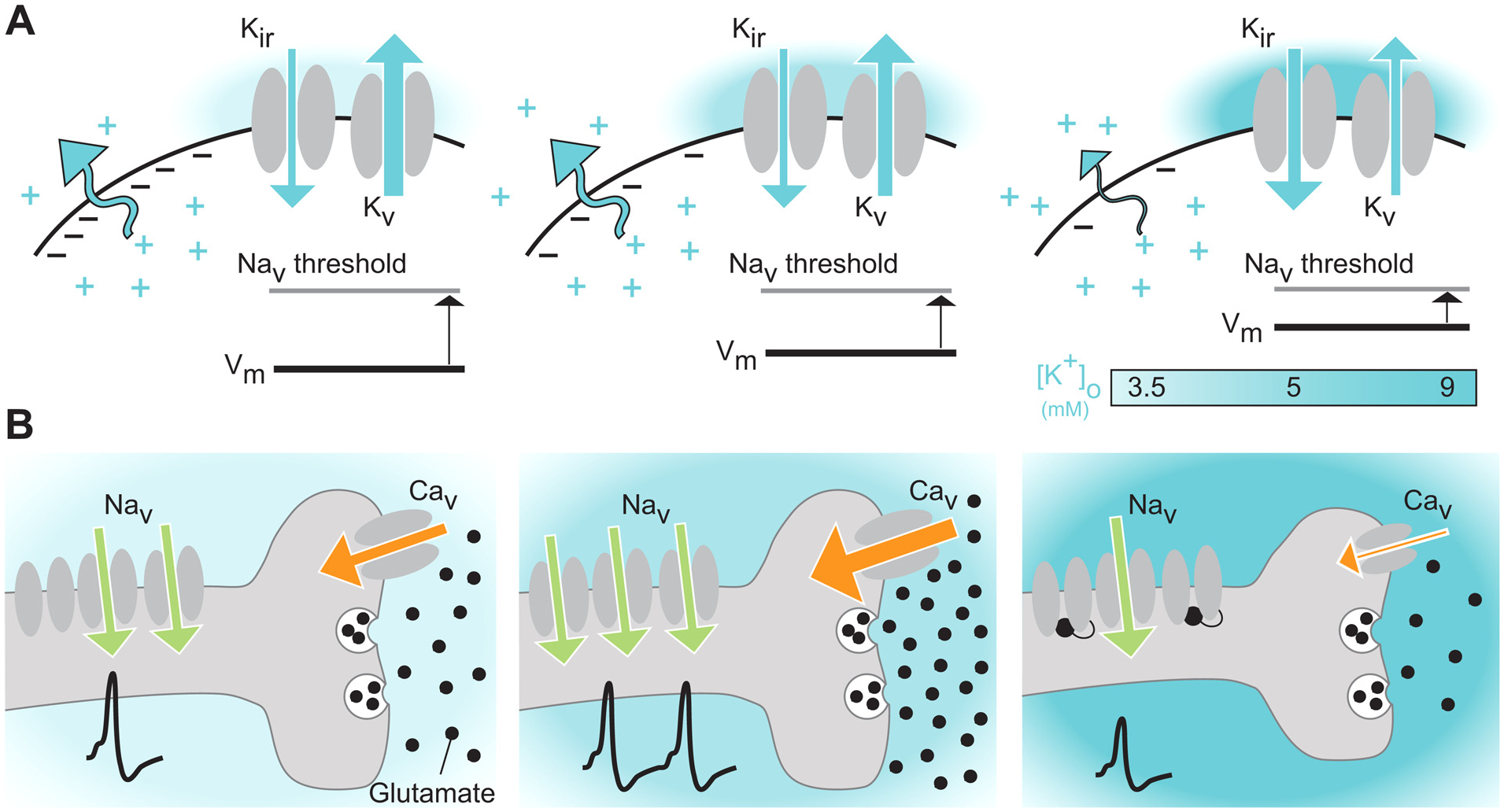Fig. 2. Changes in [K+]o alters neuronal activity.

(A) Increases in [K+]o from resting levels (left), as seen in wakefulness and locomotion (middle) or pathological states (right), depolarize the neuronal membrane potential closer to the activation threshold of voltage-gated Na+ channels (Nav) in part through a decrease in outward-directed K+ currents and increases in regulatory inward-rectifying K+ currents (middle). (B) When [K+]o is increased from 3.5 to 5 mM (middle) the depolarized membrane potential may enable increased activation of voltage-gated Ca2+ channels (Cav), triggering higher levels of released glutamate. If [K+]o increases further, up to a level of roughly 9 mM, this depolarizes the membrane potential at a level that does not allow the Nav channels to reach their closed state, but rather locks them in their inactive state, leading to gradually fewer action potentials being fired, and as a result lower levels of glutamate being released.
